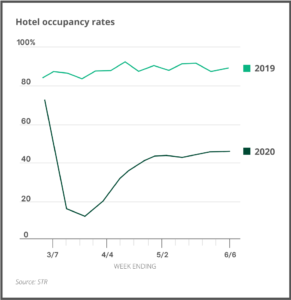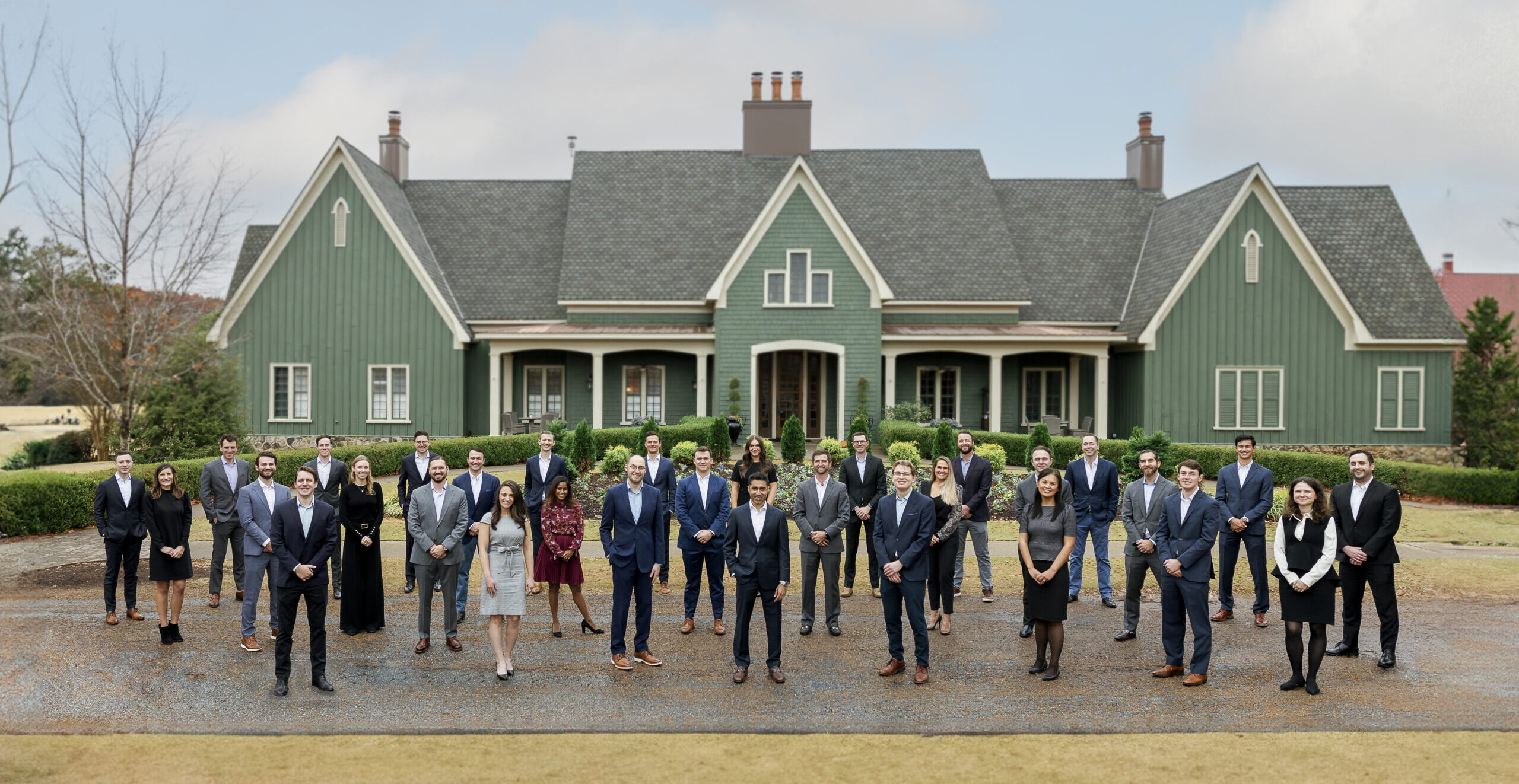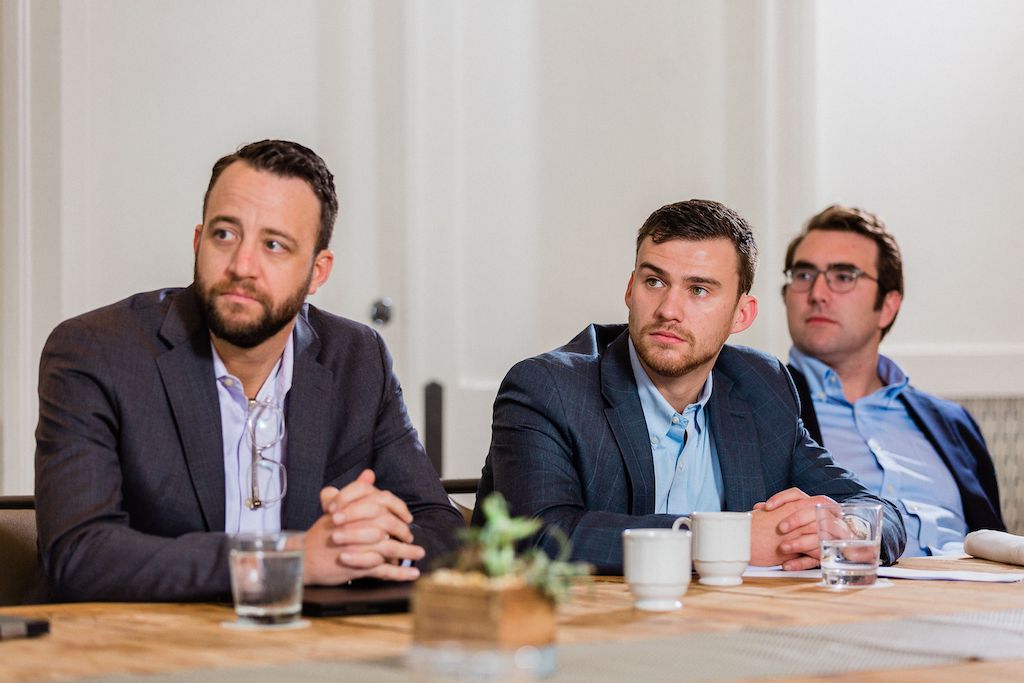

MERU Hospitality Strategic Partner, David Chase
Operating a New York Hotel during the COVID-19 Pandemic
Nick Campbell and John Lewis of MERU recently sat down with David Chase, one of MERU’s Hospitality Strategic Partners. David has 30+ years as a hotel operator and shared with us his experiences of operating a hotel in New York City during the COVID-19 pandemic.
MERU: David, thank you for taking the time today. Obviously, the New York hotel industry has been severely impacted due to the COVID-19 pandemic. As a starting point, can we talk briefly about how the industry was doing prior to the pandemic?
David Chase: 2020 Q1 was already soft before the lockdowns. The market had built up to 135,000 rooms in NYC after sustained overgrowth over the last five years… to give context, we (New York City) added the equivalent number of hotel rooms that are in the entire city of San Francisco. Amazingly the market kept 87% occupancy city-wide, though this led to a struggle with revenue per room.
MERU: And what was the impact on profitability as capacity increased over this period?
David Chase: As a whole, New York City had just experienced several years of negative trends with prices stagnating and labor costs continuing to rise. Though profitability differs by segment. For example, many in the luxury segment lose money. This is largely due to the labor costs related to amenities such as robust food and beverage offerings, which generally lose money. They employ roughly 2 full-time employees (“FTEs”) per key (i.e. available room) to satisfy all their amenity requirements, and the average labor cost is now $110k per hourly employee, so it is very expensive as you can see.
MERU: Are there any profitable segments in the city?
David Chase: The limited-service segment makes money which can bring 25-30% returns on revenue. A lot of the limited-service hotels in the city are less reliant on labor meaning they have few people in the lobby while outsourcing housekeeping and security. And that is all they will have. They run really, really slim, and staff around 0.3 FTEs per key.
MERU: Shifting to COVID-19, how did the industry respond in New York City?
David Chase: The NYC market is reliant upon business and leisure travel, which dried up overnight. By St. Patrick’s Day, our revenue was down about 95% from what we had on the books, and my hotel was empty by March 22. We worked with our labor union and we were able to layoff most of our employees due to lack of work. Our hotel was quickly down to 5 management personnel and 10 hourly staff in the building, from around 300 heads previously. Hotels were communicating a June 1 reopening but none of us knew what was going to happen.

MERU: It's late-August now and some of the lockdown restrictions seem to be lifting in the city. When do you expect most hotels to be fully opened?
David Chase: Less than half of the hotels are open now, but none are making money, For the ones that are open, it is more about mitigating the loss of remaining fully shut. They are keeping costs down by eliminating amenities. The city has not recovered. Even though some people have been allowed to come back to the office, there is still no business travel.
MERU: Understood, so for the hotels that are operating, how are they conserving cash?
David Chase: The most common reaction has been to reduce the food and beverage offerings. Most are opening with extremely limited food and beverage, such as a grab and go cafe in the lobby. No room service, no restaurant. That's the one cost-saving method everyone is doing. You're just focusing on the most profitable division in the building which is having bodies in beds.

MERU: As we look forward, what is the sentiment across the industry?
David Chase: It is hard for hotels to stimulate demand until business and leisure travel resumes. Business travel and events are the most important. Hotels can generate much higher margins on food and beverage for business events. As for leisure, consumers are not bringing families to New York City on vacation. There has been much more of a focus on escaping to the countryside amongst families looking to take time away.
MERU: How do you think this will impact total capacity moving forward?
David Chase: I think the expectation is a decline of around 25,000-30,000 total rooms as hotels close permanently. As for performance, the industry does not expect performance like we had in 2019 to return until 2023 or 2024. But as I said earlier, no one really knows what is going to happen.
MERU: Is there any good that will come out of this?
David Chase: I think the biggest thing is that opportunities are going to exist—like ten years ago—for investors looking to buy hotel assets at a discount. The hardest question will be when to pull the trigger.
MERU: David, thanks for your time today, we greatly appreciate it.










